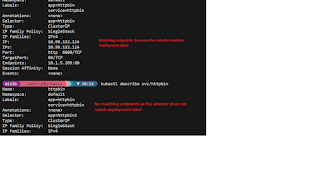It can be difficult to get right. Perhaps the docs should be better. If you try to use net.ListenIP and since the network is a string parameter, it should be what listed in the code below but it can also just be "ip4" - and i guess that's what trip alot of developers. ipServer , err := net. ResolveIPAddr (CONN_TYPE, CONN_HOST) if err != nil { fmt. Println ( "unable to resolve ip address" , err. Error ()) os. Exit ( 1 ) } l , err := net. ListenIP ( "ip4:icmp" , ipServer) if err != nil { fmt. Println ( "Error listening:" , err. Error ()) os. Exit ( 1 ) } defer l. Close () For a complete list of options available, you can check this link out https://github.com/golang/go/blob/9341fe073e6f7742c9d61982084874560dac2014/src/net/lookup.go#L22





